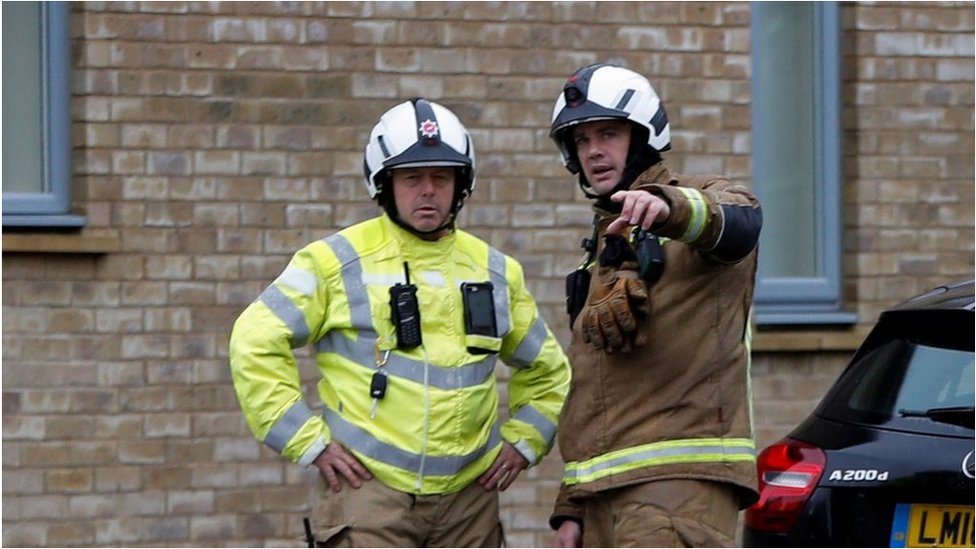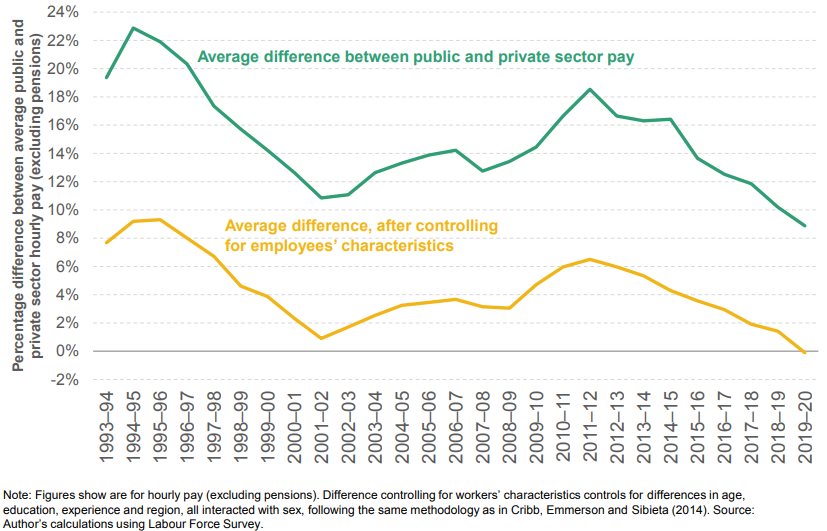
Public-sector employees are generally those paid by the state. All others work in the private sector.
"What we've seen in the private sector is that wages have fallen over the last six months by about 1%," the chancellor said. "In the public sector, wages have gone up by 4%."
To arrive at these estimates, Mr Sunak averaged out the wages figures from April to September and compared that figure to the same months last year, which is not necessarily what most people would think of when they heard somebody saying wages had fallen in the past six months.
The average of the weekly earnings figures for the private sector between April and September was £533, which was indeed down from £537 in the same period last year.
But:
- the average for September alone was £550, which is considerably higher than six months earlier, in March, and up from £541 in September 2019
- the average for the whole year to September 2020 was £537, which was up from £533 the previous year
Average weekly earnings in the private sector fell considerably between April and July as
employees were furloughed, which meant some of them were receiving only 80% of their normal pay.But as some of them came off furlough, average earnings rose again.
We asked the Treasury why Mr Sunak had chosen the six-month average figure, but it has not yet responded.

There are caveats with these figures, particularly that people on lower wages have been more likely to lose their jobs in the pandemic, which would increase average earnings because they are no longer being reduced by the lower paid.
But nonetheless, for those who still have jobs, the figures show private-sector average earnings have risen above their pre-pandemic levels as some people have come off furlough.
Public-sector workers were not furloughed, on the whole, being much more likely to be key workers.
Their average earnings did rise during the pandemic - but that followed a succession of pay caps and freezes in the past 10 years.
Public-sector pay was frozen from 2011-13 and then capped at a 1% annual increase until 2018.
As a result, the difference between public- and private-sector pay has narrowed since 2011.
'False premise'
Mr Sunak also said: "When we came into this crisis there was already a disparity between public- and private-sector pay, with a premium in the public sector."
But again, context is needed.
Trades Union Congress general secretary Frances O'Grady complained about "the false premise that public-sector pay is higher than private-sector pay", citing Institute for Fiscal Studies (IFS) research showing "if you take into account qualifications and age, there is no difference".
This is the IFS chart to which she was referring.
The green line shows how much more people are paid in the public sector than the private sector.
The yellow line shows this difference adjusted to take into account workers' characteristics, such as their qualifications or experience.
Without this adjustment, workers in 2019-20 were being paid about 9% more in the public sector than the private sector.
But after the adjustment, there was no difference.

As the IFS says, public-sector workers are more likely to be highly educated professionals who command higher wages in the labour market.
And this has increasingly been the case as successive governments have paid private-sector companies to carry out lower-paid jobs such as cleaning, security or catering.
So the problem with comparing average earnings for the public and private sector is highly educated professionals would be expected to be earning more.
The yellow line in the chart adjusts for this and shows the gap between the two sectors had disappeared by 2019-20.
Overtime payments
This analysis excludes pension provision, which tends to be considerably better in the public sector.
And an Office for National Statistics analysis that includes pension provision suggests workers in the public sector being 7% better paid than in the private sector.
But that figure has also fallen over the past 10 years and is considerably lower if you take into account bonuses and overtime payments in the private sector.
"Over the last decade, public-sector wages have done even worse than private-sector wages," Paul Johnson, from the IFS, said.
"Both have done incredibly badly in historic terms - but the public sector has done worse."



"between" - Google News
November 27, 2020 at 01:26AM
https://ift.tt/3q3ZAdf
Is there a gap between public and private sector pay? - BBC News
"between" - Google News
https://ift.tt/2WkNqP8
https://ift.tt/2WkjZfX
Bagikan Berita Ini















0 Response to "Is there a gap between public and private sector pay? - BBC News"
Post a Comment